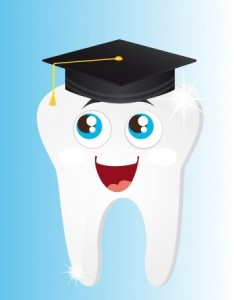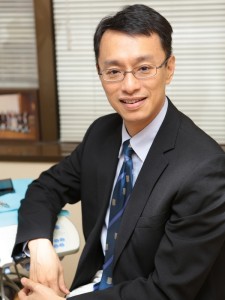 Specialist Dental Group has launched an on-going series of blog posts by our individual dental specialists. All views provided are the dentist’s own opinions and are posted on this blog as part of our on-going efforts to educate the public about dental issues and other matters of interest relating to dentistry and healthcare.
Specialist Dental Group has launched an on-going series of blog posts by our individual dental specialists. All views provided are the dentist’s own opinions and are posted on this blog as part of our on-going efforts to educate the public about dental issues and other matters of interest relating to dentistry and healthcare.
I ran into a physician friend at lunch time yesterday and we were chatting away. Somehow we went onto the topic of the medical and dental student intake at the National University of Singapore (NUS).
Currently, NUS admits about 200 medical students and about 50 dental students on an annual basis. This represents approximately the top 0.5% of the student population in Singapore! Knowing how competitive the situation is, it is almost certain that one needs to have almost perfect grades in order to be even considered for an interview with either the medical or dental school at NUS.
In some European countries, a dental surgeon has to first qualify as a medical doctor before going on to study dentistry as a sub-specialty. Generally however, dental and medical doctors have been trained under different curriculums even though both are front line health sciences. A long time ago, however, our great-great grandfathers’ colleagues were trained by the same healer teachers and the resulting doctors simply treated whatever ailments that went to their doorsteps, be it dental or medical.
With the passage of time, dental teaching/training has proceeded on the following assumptions:
• Patients generally have good overall health
• Patients are living in the same locality as the service provider.
This leads to the well-intentioned practice of conservative treatment and a ‘wait and see’ approach to some clinical conditions. For example, a general approach is that after the removal of a hopeless tooth (which is usually mildly/moderately infected), patients are given the all clear to leave the clinic after the bleeding has stopped, with the assumption that s/he will be recovering uneventfully. This is a very practical approach indeed and it works most of the time. However, complications do arise occasionally and we need to consider the following increasingly common situations:
• What if the patient’s physical health is sub-optimal?
• What if the patient lives far and away from the dental office?
At Mount Elizabeth Hospital in Singapore, a regional tertiary referral centre, many of our dental patients have special medical conditions (such as cancer or going through chemotherapy) and many of them do not have the luxury of going back to their home country after receiving dental treatment as they are warded in the hospital to receive further medical care.
Some of our patients do fly back to their home countries a thousand kilometers away or simply head off to their next business destination to continue with their busy lives. In short, the ‘wait and see’ approach that has been traditionally adopted may not always be the best policy, as we simply cannot afford to allow complications to develop at all especially for the two special groups of patients described above.
Many times, our specialty dental treatment forms the base of the patients’ medical treatment (e.g. getting the patient ready for his/her chemotherapy). Our approach is, in situations without the benefit of a crystal ball, we need to anticipate all the possible pitfalls and potential complications based on the patients’ particular developing medical and clinical condition. Essentially, we are practicing medicine in dental form! This is where grey hair matters.

Dr Ansgar Cheng is a Prosthodontist with Specialist Dental Group®. He is also an Adjunct Associate Professor with the National University of Singapore, an Examiner (Prosthodontics) with the Royal College of Dentists of Canada and an Honorary Clinical Associate Professor with the University of Hong Kong. He has a special interest in dental implants, cosmetic dentistry and treatment of medically compromised patients, including cancer patients.





